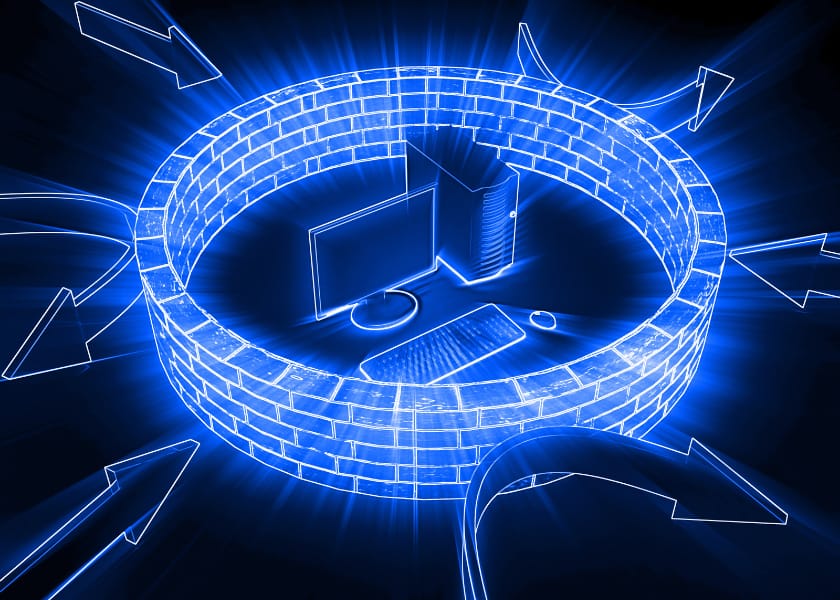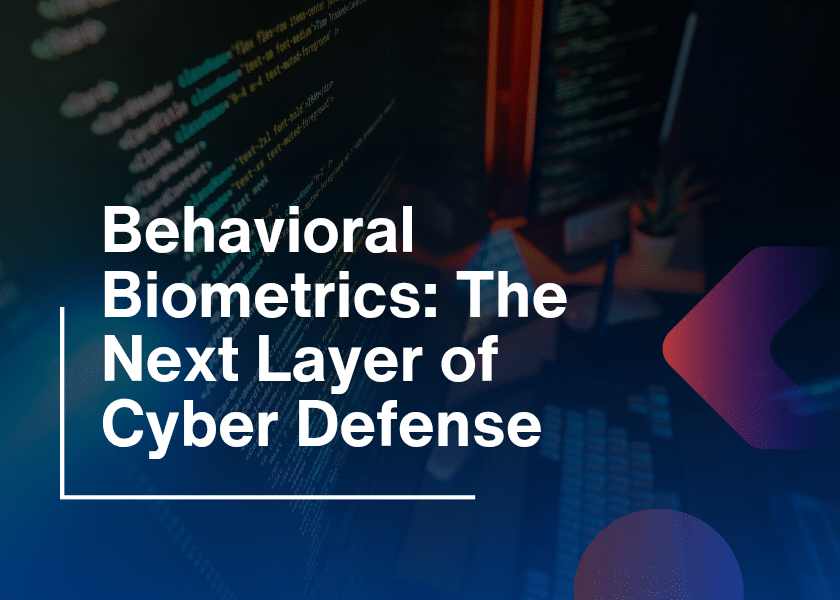Are you still relying only on your firewall to protect your enterprise network? If so, you might be missing out on some serious security gaps. Traditional firewalls may be insufficient in today’s ever-evolving cyber threat landscape. That’s where NDR vs firewall becomes a critical comparison.
In this blog, we’ll discuss the key differences between Network Detection and Response (NDR) and traditional firewalls, learn how they work, and explain why organizations now need both, especially those seeking advanced threat detection and deep packet analysis.
NDR vs Firewall: Core Differences
The core variances between NDR and firewall systems need to be explained in a detailed approach for simple understanding.
1. Purpose and Approach
A firewall functions by implementing static rules for network edge traffic filtering.
- NDR-Network Detection and Response: Monitors internal network traffic and behavior for suspicious patterns and anomalies.
- The firewall works as a barrier that functions like a secure entry. The security camera system approach of NDR allows it to monitor all internal building activities, whereas a firewall functions at network entry and exit points.
2. Visibility and Monitoring
The Firewall monitors all traffic as it comes in and exits through network points.
- Complete internal program visibility enables NDR to observe every action taking place between internal users and systems.
- NDR functions to detect and prevent hackers who manage to get past the firewall because it provides examination capabilities throughout the network.
3. Detection Capabilities
The Firewall detects familiar threats and blocks outside users or unauthorized devices by applying set rules.
- The detection system of NDR performs advanced threat analysis through machine learning, along with anomaly detection and behavioral assessment methods.
- The features of NDR allow users to detect elusive zero-day attacks as well as hidden lateral movements and insider activities, plus stealthy malware, which standard firewalls are unable to identify.
4. Deep Packet Analysis
Deep packet analysis stands as the most powerful trait of Network Detection and Response systems.
- Firewall: Analyzes packet headers and basic metadata.
- The examination of genuine packet content reaches beyond header analysis as NDR conducts actual inspection on application-level data.
- The analysis capabilities of NDR extend into encrypted as well as non-traditional traffic protocols, which makes it possible to generate more specific alert information.
5. Response Capabilities
- Firewall: Primarily a preventive tool with limited response features.
- The NDR system provides instant notifications together with automatic actions, which include both device separation and comprehensive forensics delivery to security operation center (SOC) teams.
Any contemporary incident response strategy needs NDR because of its proactive response features.
Why Firewalls Alone Are Not Enough in 2025
Firewalls were never meant to detect everything. They’re best at blocking unauthorized access and creating boundaries, but today’s cyberattacks don’t always come from outside. Think of phishing, compromised credentials, and insider threats, these start from within your trusted environment. And this is where firewalls struggle.
Modern attackers use stealthy tactics like:
- Moving laterally within networks,
- Mimicking normal user behavior,
- Encrypting command-and-control traffic.
Moreover, Firewalls usually miss these threats. But NDR sees them.
How NDR and Firewalls Work Together
This blog isn’t about choosing one over the other, it’s about understanding how both work better together.
- The firewall protects the border and prevents basic threats.
- NDR guards the inside, detecting sneaky threats that slip through or originate within.
Additionally, when you combine them, you create a layered security architecture, one that watches both the front door and what’s happening inside the house.

Why Enterprises Are Turning to NDR
Let’s say a hacker sends a phishing email to one of your employees. Suddenly, the employee unknowingly clicks on a malicious link. The hacker gains access to your internal network.
Here’s what happens in NDR Vs Firewalls:
- Firewall: Might not detect anything if the communication looks normal.
- NDR: Notices unusual behavior, like the user account accessing systems it never used before, or uploading large files at midnight.
The NDR system sends an alert, quarantines the device, and shares context with your security team. A full-blown data breach is avoided. That’s the power of NDR.
Benefits of NDR Over Traditional Firewalls
Here are a few reasons why NDR vs firewall discussions always lean toward a hybrid solution:
1. Improved Cyber Resilience: Firstly, with NDR, organizations can quickly detect unknown threats before they cause major damage.
2. Enhanced Incident Response: NDR not only detects threats, but it also helps you understand how, when, and where an attack occurred.
3. Coverage for Cloud and Hybrid Networks: Firewalls struggle in decentralized networks, but NDR can monitor across on-premise, cloud, and hybrid environments.
4. Data-Rich Insights: Thanks to deep packet analysis, NDR tools provide full context about traffic flow, making threat hunting and compliance much easier.
Limitations of Each Tool
Of course, neither tool is perfect on its own.
- Firewall Limitations:
- Can’t detect insider threats.
- Doesn’t inspect internal traffic deeply.
- Static rules can’t handle dynamic, modern threats.
- NDR Limitations:
- It may generate false positives if not tuned properly.
- Requires skilled staff to analyze behavior and respond effectively.
- Doesn’t block threats at the perimeter—needs to work with a firewall.
Hence, combining the two offers the best of both worlds.
Future Outlook
Cybersecurity experts predict that behavior-based detection will become a standard. In the coming years, NDR will no longer be optional; it’ll be a core part of enterprise security, especially in sectors like banking, healthcare, and critical infrastructure. As deep packet analysis gets better and AI-powered threat detection becomes more accurate, NDR systems will play a pivotal role in reducing dwell time and improving response speed. So, if you’re building a security stack for 2025 and beyond, you need more than just a firewall.
Conclusion
To sum it up, the NDR vs firewall debate shouldn’t be about competition, it’s about complementation. However, firewalls still play a key role in network security, especially at the perimeter. But relying on them alone is like locking your front door while leaving all your windows open. Additionally, NDR offers visibility, context, and action, qualities that are critical in today’s threat landscape.
So if your organization is serious about advanced threat detection and internal visibility, it’s time to bring NDR into your security arsenal. So, don’t choose one over the other; layer them together for smarter, stronger defense.






